Practise multiplication, division and problem solving skills with a high-interest soccer-themed scenario activity.
Soccer Stories – Maths Scenarios for Upper Years
Ready to engage your reluctant maths students?
Grab a soccer-themed scenario-based activity to help students practise their multiplication, division and problem-solving skills. These aren’t the same old flashcards—we’ve added interesting context to each problem to make it more engaging while still retaining educational rigor.
Using Soccer Scenarios to Build Problem Solving Skills
Students read each scenario carefully, then decide on a plan to solve. What operations will they use? Will a model help? After solving, they write their answer in complete sentences to show off their mastery!
The soccer balls next to each scenario indicate the difficulty level and the number of points the question is worth—work in any order, get each problem checked by an adult, and score as many points as possible!
Scaffolding + Extension Tips
Support struggling students by showing them how to use manipulatives or draw pictures to help with problem-solving. Alternatively, provide students with our Problem Solving Mat to help them organize their ideas.
Challenge fast finishers who already understand the concept to write additional word problems to add to the set.
Are you looking for alternate difficulty levels of this resource? This resource can be easily modified for more accessible or challenging math by editing the Google Slides file!
Easily Prepare This Resource for Your Students
Use the dropdown icon on the Download button to choose between PDF, or Google Slides versions of this resource. An answer key is included with your download.
This resource was created by Lorin Davies, a Teach Starter Collaborator.
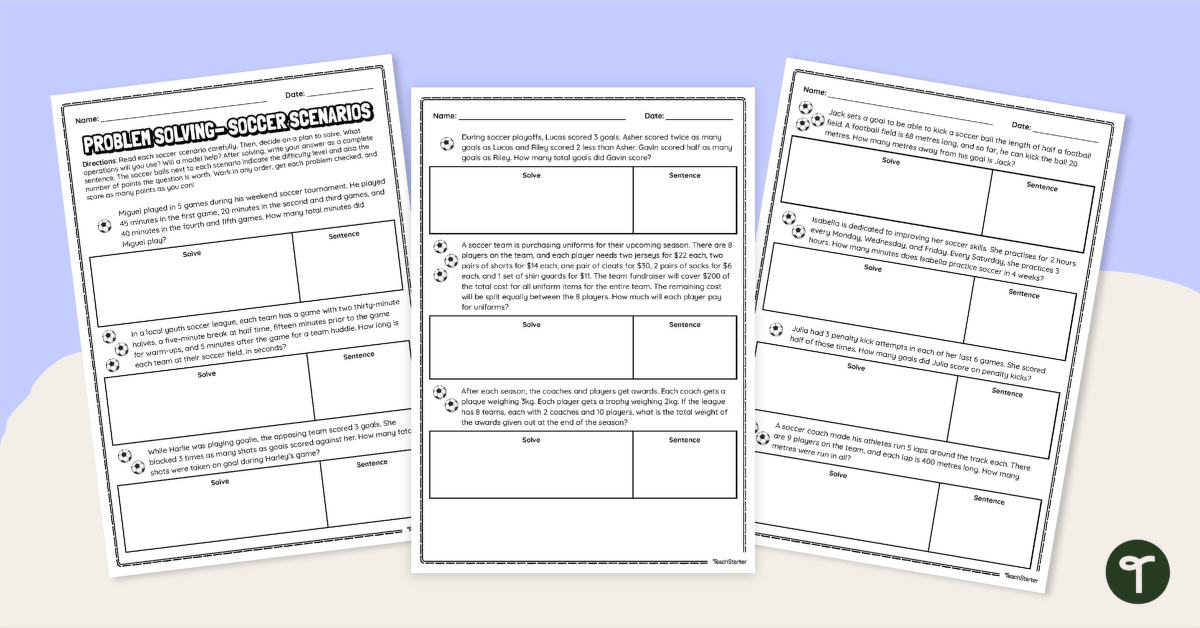

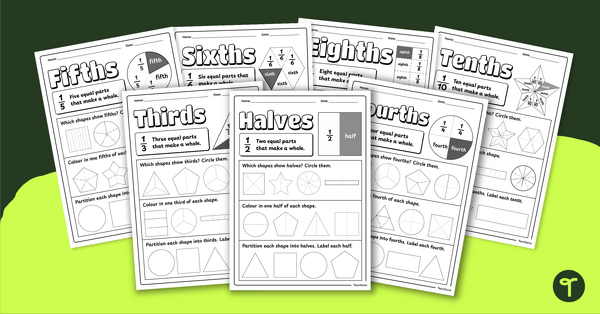
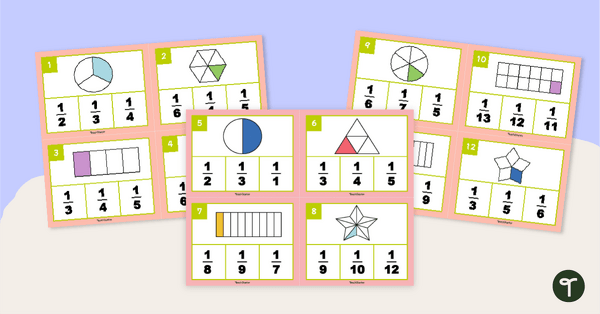



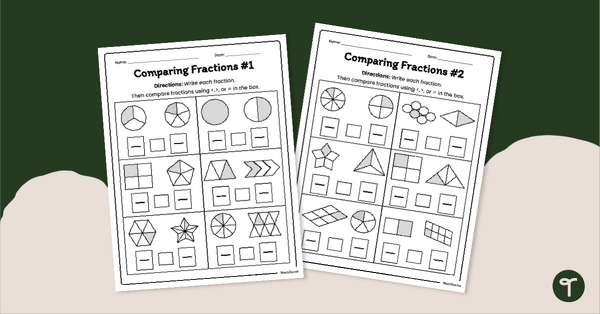
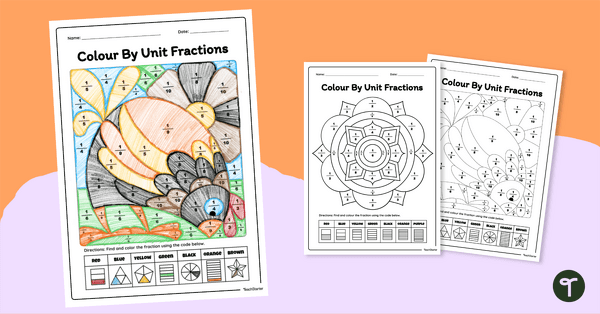
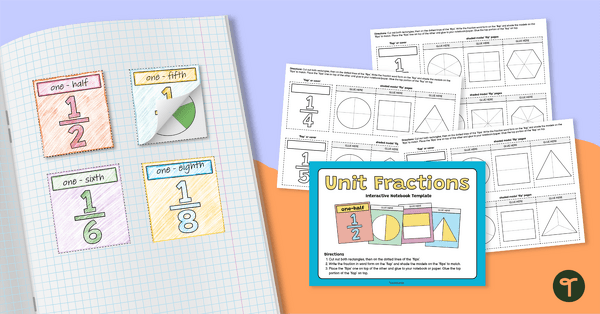
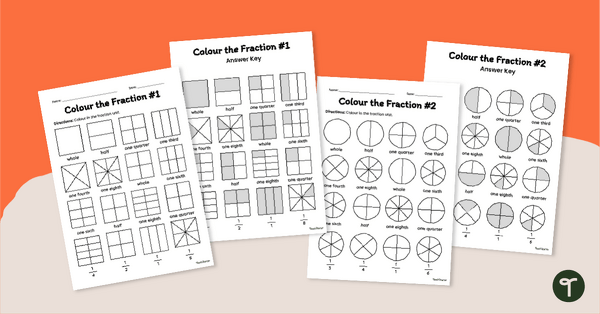
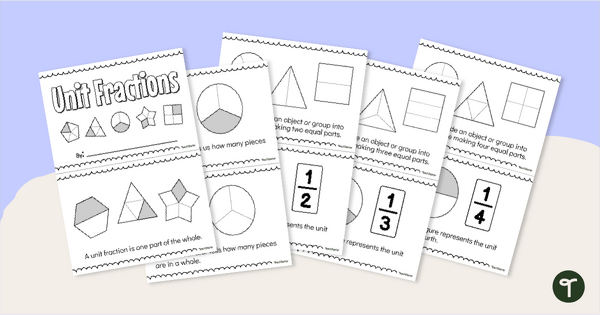
0 Comments
Write a review to help other teachers and parents like yourself. If you'd like to request a change to this resource, or report an error, select the corresponding tab above.